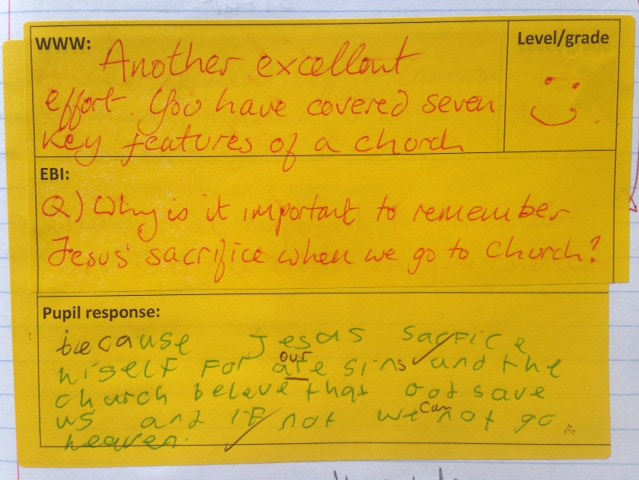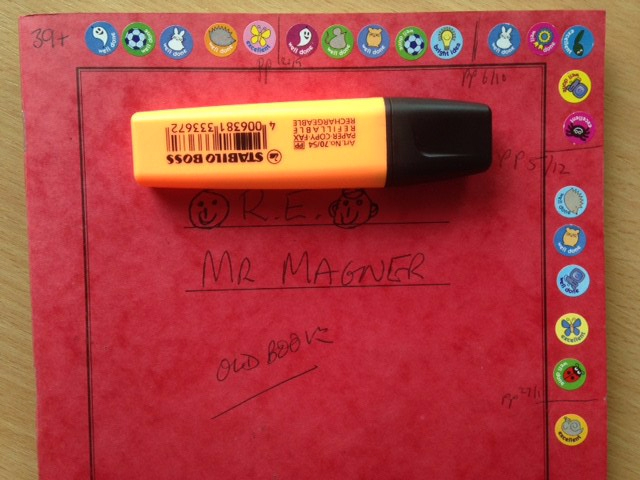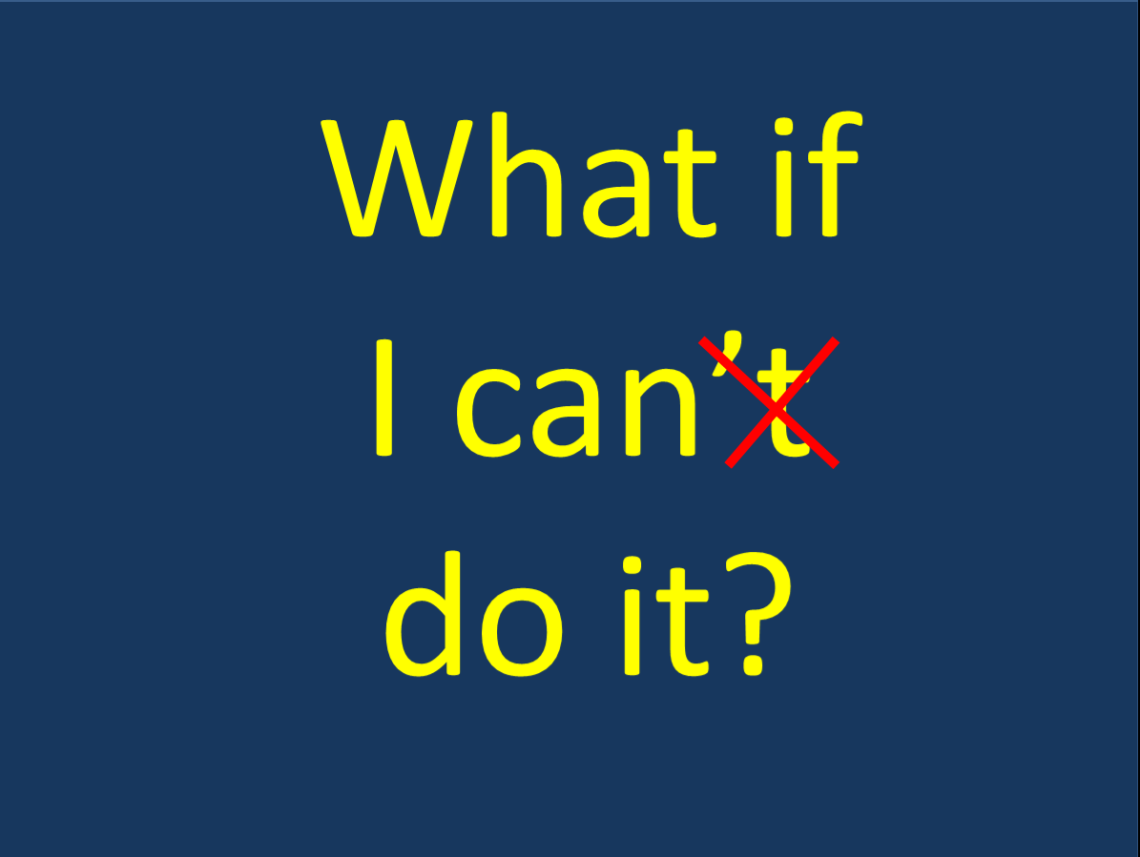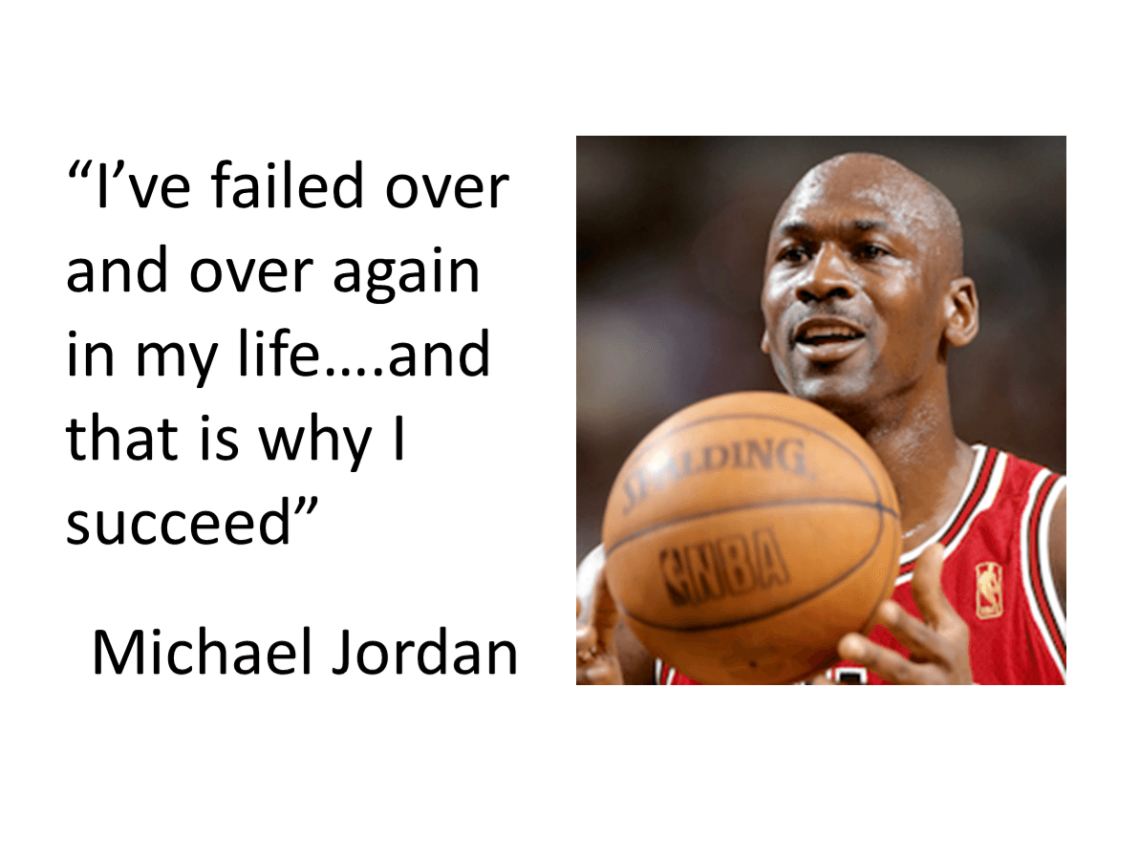An Action Research post by Kevin Magner
Reading time: 8 minutes
Context
A class of 13 Year 11 boys with a variety of different needs to be prepared for a GCSE exam in Religious Studies – what is the biggest challenge?
At the start of the year I decided that the challenge lay in getting the boys to believe in themselves and that, despite anything that had gone before in their educational experience, they still had the opportunity to reach or exceed their target grades. For many of the boys a history of low achievement and a variety of other social and learning needs made it that much harder for them to succeed. As GCSE exams loomed on the horizon it was time to try and help them to raise their game.
There were two things I hoped to achieve. First, to help them to do their best in readiness for their exams. Second, to learn some lessons for life about self-belief and self-confidence. With these ideas in mind I was inspired by the work of a number of colleagues who had been investigating the application of Growth Mindset thinking to their teaching, and decided to look further into this aspect of education.
Growth Mindset
‘Bounce’ by Matthew Syed is a book I would encourage everyone to read. Taken together with the work of Carol Dweck on ‘Mindset’, they present an argument for the idea that our potential as learners is not predetermined but open to development given the right environment, resources and above all, a ‘growth mindset’. That is, being open to the belief that ‘purposeful effort’ is what brings you success in learning. As teachers, it is our job to cultivate this attitude in our pupils and provide the learning resources, experiences and environment that allow pupils to discover their potential. This then would be my focus.
The ‘Growth Mindset Pocketbook’ by Barry Hymer and Mike Gershon provided a useful tool for reflecting upon Carol Dweck’s research in a school context and identifying strategies that might be used in the classroom. Looking at a variety of other resources (see ‘Further resources’ below), including the work of a number schools which have introduced Growth Mindset thinking to staff and pupils, I decided to adopt two approaches to work on with my class.
Firstly, to focus on ‘targeted effort’ (Hymer and Gershon, pages 43-58). My intention was to try and shift pupils’ interest away from focusing on the grades or marks they were (or were not) achieving and instead focus attention on the effort they were making in their work.
Secondly, to focus on trying to develop a greater self-confidence in the boys and the belief that, they were the ‘Masters of their fate’ (from ‘Invictus’ by William Ernest Henley) and by believing in themselves they could have the confidence to face the challenges that lay ahead – in their GCSE course and in life – and succeed even in the face of adversity.
Putting the theory into practice
Focusing on the importance of effort and trying to cultivate a greater sense of self-confidence and self-belief were two mutually supportive aims which I sought to put into practice in the classroom.
Targeting effort
Typically, if you mark a piece of work with a grade or score and a comment, pupils will look to the grade, feel a sense of joy or deflation and read no further. My aim therefore was to shift the focus away from marking and feedback which concentrated on attainment because this, according to the literature can serve to reinforce fixed mindsets, such as, ‘I did not succeed therefore I am no good at this subject!’.
So, with the exception of end of module assessments/mock exams, I set out to ensure that all of my formative assessments focused on the pupils’ effort rather than their attainment. To ensure this was meaningful, it still needed to embrace best practice by being specific in identifying where in their work I could recognize and acknowledge effort; and where additional effort would help them to make genuine improvements to their learning when completing DIRT (Directed Improvement and Response Time) work.

Example of a feedback sticker acknowledging effort
The boys adapted more quickly than I expected to this new approach to marking and quickly stopped asking, ‘What mark did I get?’ or, ‘What grade would I get for this?’. The greatest challenge for me as a teacher, was in learning to phrase my comments in a way that focused the pupils’ attention on effort, and their ability to improve their work, rather than on comments that were either too vague and general to be of value, or comments which tended to imply an innate ability and therefore fell into the very trap or reinforcing the mindset that, ‘I have a fixed level of ability which cannot be changed’.
In time, as I developed my vocabulary and ability to articulate my feedback more precisely, the process became more effective. This applied to both written feedback and to verbal feedback given during the course of lessons.
To reinforce the message that it was their effort that was most worthy of recognition, I adopted a series of reward stickers to acknowledge a particularly positive or note-worthy effort on the part of each boy. The stickers were tiny ‘button’ stickers of a child like style with pictures of footballs and butterflies, trophies and flowers, along with a ‘great effort’ or ‘well done’ type statement. Initial laughter soon passed and many of the boys became quietly keen to see whether they had earned a new sticker when their books were handed back to them.

Pupil’s book with effort stickers
We started counting the stickers earned and every time a boy gained five stickers I sent a praise postcard home acknowledging ‘sustained effort’ over a period of time. This reinforced the message that it was effort that deserved praise and recognition. For many of the boys this brought them praise and recognition in a way that attainment alone was unlikely to bring and the boys (and parents) were proud of this recognition. While not admitting openly to liking the effort stickers, it was after one boy asked what would happen to his stickers once he started a new exercise book that I decided to add a count of the stickers already earned to the cover of a new exercise book where new stickers would add to the total earned across the year. In such small ways self-esteem is boosted.
In going forward, I do believe that it is important for me as a teacher to continue to cultivate and practice the use of a vocabulary with pupils that emphasizes the importance of effort and the virtue of recognizing that, it is only with effort that we can truly improve ourselves as learners.
Building self-confidence
In a groups of boys, many of whom did not have high self-esteem and who had experienced knocks and disappointments when their progress was measured against target grades, I felt it was important to try and build a ‘can-do’ attitude which promoted the virtues of effort, resilience, perseverance, overcoming obstacles, coping with disappointment and believing that everybody can achieve more in life if they make a focused and sustained effort to do so.
I felt it was important to focus this work not exclusively as a rallying cry to, ‘work hard academically so you will pass your exam’ (though this was obviously one motivation for this work), but as an attitude to carry beyond school into all areas of life.
On a practical level I chose to focus on this explicitly in every lesson through our ‘bell-work’ activities (an activity that was waiting for the pupils, ready to engage them from the moment they entered the classroom).
I researched a broad range of motivational or thought-provoking pictures, images, quotations, YouTube clips and posters that were a prompt for a brief discussion and to set the tone at the start of every lesson.
I sought out ideas that I felt would appeal to boys. Ideas associated with sport, celebrity role models, humour and a variety of activities/pastimes. As I built a bank of resources for the bell-work activities it became clear that there was a great deal of overlap when focusing on effort, ambition, perseverance and resilience. I therefore grouped my resources into what became ‘fortnightly themes’ , where we would approach one idea from five different angles, over each timetable cycle. The effect of this was to reinforce the key message and a pattern emerged where we would begin the fortnight with a film-clip to establish that fortnight’s theme and then develop it in consequent lessons. This meant investing more time in the first lesson of each fortnightly cycle but I felt that the investment in terms of the cultivation of self-confidence was a worthwhile one.


Example of bell work slides to prompt discussion
By the end of the year I developed the resources for 76 lessons which saw us right through to their exams. By beginning every lesson in the same way the boys became used to the routine and could soon use the vocabulary of, ‘effort, perseverance and resilience’ and explain what it meant. My hope was that by drip-feeding these messages to them in every lesson, alongside a focus in my feedback and conversations in class on promoting, praising and encouraging the virtue of effort over attainment, that some of the messages would begin to ‘stick’ and influence their approach to work and exam preparation.
Conclusions
In terms of measuring the impact of each initiative it is hard to give a scientific analysis of outcomes. However, at the end of the course I gave the boys a questionnaire and interviewed them about their experience.
On the whole, at the end of the year a majority of the boys surveyed identified more strongly with statements that suggested a ‘growth-mindset’ attitude.
When asked to recall which messages they could remember from the Bell Work at the start of each lesson they recalled: “Don’t give up until you succeed”, “Stick at it!”, “Take on the Challenge”, “Persevere!”, “Make the effort”, “If you fail, keep on trying”.
Among the bell work activities that they found most memorable they cited, ‘The Michael Jordan messages not to give up when you experience failure’; and ‘The squirrel one’ (based on a You-tube film of a squirrel successfully overcoming an obstacle course which was accompanied by the story that it had taken the squirrel 6 months to learn to overcome the obstacles that it could eventually tackle in 30 seconds), and the reason – ‘because it was funny’!
I also asked the boys whether they felt their attitude towards and effort in R.E. had improved across the year and all those asked said, ‘Yes’. When I probed further to ask which factors had contributed to this improvement they all said that ‘teacher encouragement’ and ‘seeing my work improve during the year’ had been a part of their motivation alongside ‘parental encouragement’ and a desire to ‘get the grades necessary to get onto a course in September’.
Ultimately, the exam results the boys achieved showed a mixed picture of attainment. Promoting growth-mindset is not a magic bullet and does not turn a ship around in a year! However, hearing the boys being able to talk about ‘perseverance’, ‘resilience’ and ‘effort’ as the year progressed and seeing a number of them genuinely make their best effort – at least some of the time – in the run up to the exams, encourages me to believe that the effort invested in cultivating a growth-mindset culture in the classroom is worthwhile.
Above all, regardless of exam results, I hope that each of the boys has taken into adult life something of the belief that their potential is not limited and that with perseverance and resilience their efforts to develop their potential in any area of life is both worthwhile and achievable.
Bibliography/Further resources
‘Bounce’ by Matthew Syed, published by Fourth Estate (Harper Collins)
‘Mindset’ by Carol Dweck, published by Random House Publishing Group
‘Growth Mindset Pocketbook’ by Barry Hymer and Mike Gershon, published by Teachers’ Pocketbooks
https://slooowdown.wordpress.com/2012/02/05/summary-of-summarised-by-paul-arnold-trainer-facilitator-paul_arnoldme-com/ – a summary of ‘Bounce’ by Matthew Syed
http://www.teacherstoolbox.co.uk/T_Dweck.html – Summary of Carol Dweck’s Theory of Motivation by Geoff Petty
https://www.youtube.com/watch?v=kkE1lC4CpIE – A You Tube summary of Carol Dweck’s book ‘Mindset’
https://www.ted.com/talks/carol_dweck_the_power_of_believing_that_you_can_improve Carol Dweck – TED talks
https://johntomsett.com/2013/10/20/this-much-i-know-about-developing-a-dweck-inspired-growth-mindset-culture/ – John Tomsett, Headteacher Huntington School on introducing a Growth Mindset to his school
https://chrishildrew.wordpress.com/growth-mindset/ – Chris Hildrew, Chew Valley School on introducing Growth Mindset to his school
https://www.youtube.com/watch?v=ElVUqv0v1EE – You Tube film explaining Growth mindset in simple terms for young people
https://www.youtube.com/watch?v=KUWn_TJTrnU – ‘Fixed Mindset vs Growth Mindset’ -A You Tube animation explaining the implications of different mindsets through the behaviour of two young people
‘Developing a Growth Mndset in your child’, Great Torrington School parents’ page: http://www.gts.devon.sch.uk/learning/mindset.html
http://www.theconfidentteacher.com/2017/02/the-growth-mindset-collection/ – The Growth Mindset Collection – a collection of articles about Growth Mindset compiled by Alex Quigley
Featured image: ‘Bicycling, bicycle, uphill’ by Perlinator on Pixabay. Licensed under CCO Creative Commons

